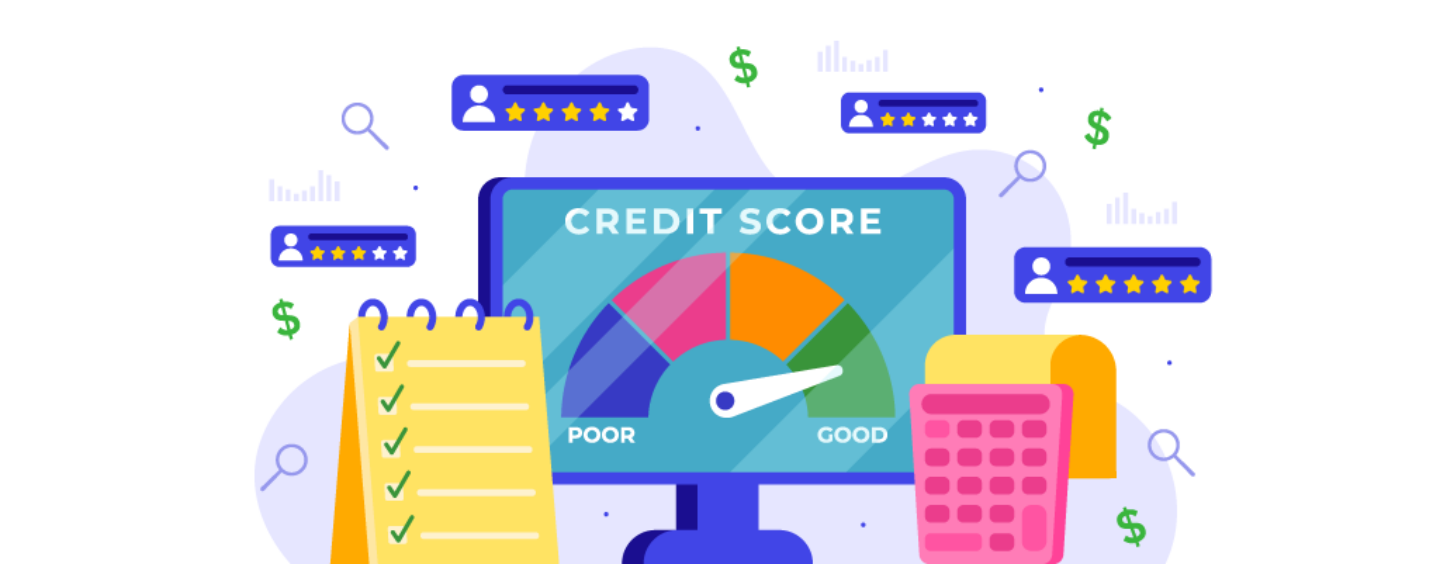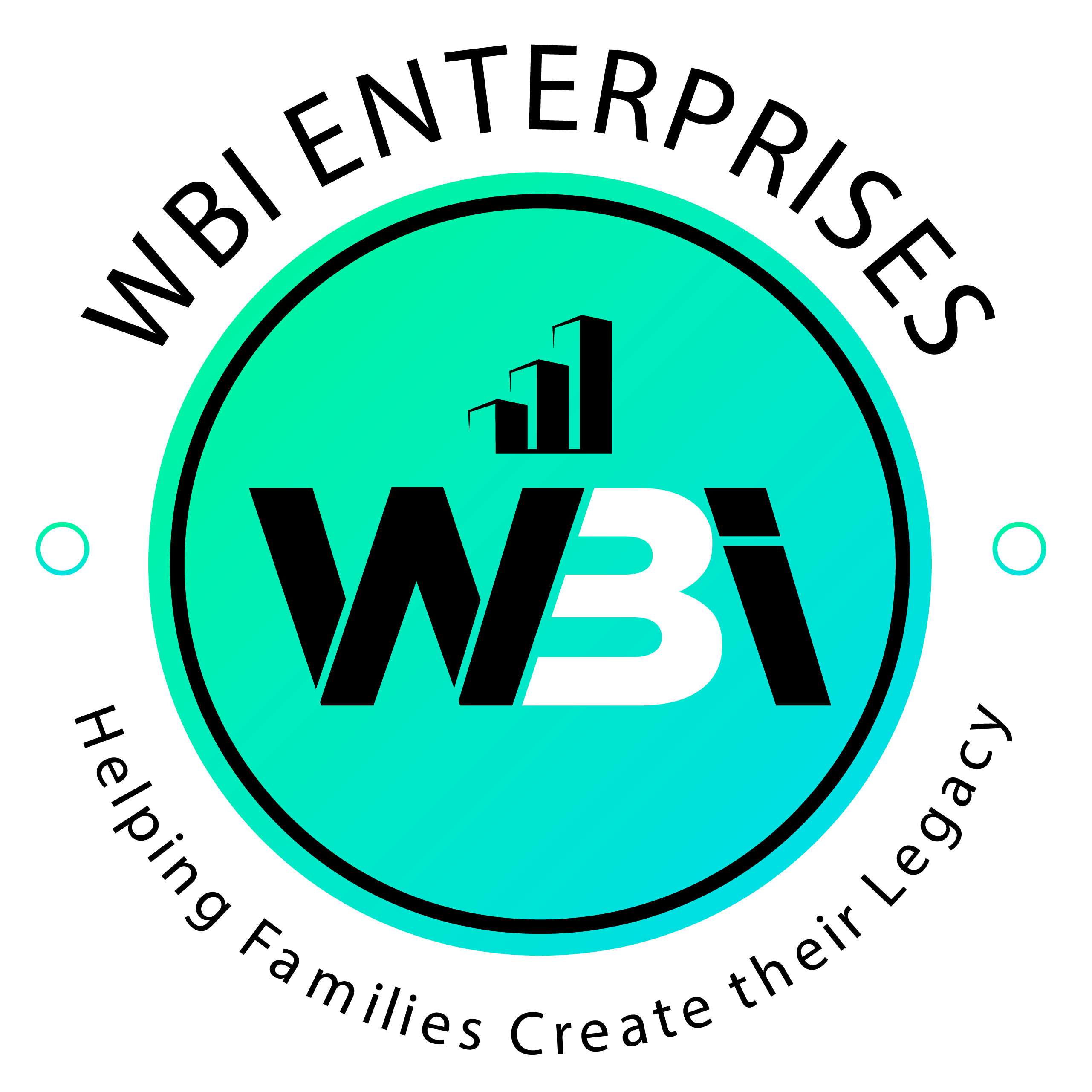have you been daydreaming about buying a boat or completely redoing your dream kitchen?
Do you have large, recurring medical or tuition bills coming your way?
Would you like to consolidate your credit card debt and make a better plan to pay it off?
If any of these situations sound familiar to you, you may have been curious about financing options and have come across secured lines of credit. You may also be curious about what a secured line of credit is and how it works.
In that case, we’ve got you! In this quick guide, we’ll define secured lines of credit, jump into some pros and cons and help you decide if getting one is the right choice for your financial needs.
Secured Line of Credit Defined
A line of credit is a type of revolving credit. Essentially, a lender will give you a credit limit, which is how much money is available to borrow, and a minimum monthly payment. You can withdraw, pay it back and withdraw over and over again, up to the credit limit, so long as you make the monthly payment.
What makes it a secured line of credit is a guarantee in some form of collateral, like your car or house. Similar to a mortgage or a car loan, you establish an asset like a house or car as collateral. The lender can seize that asset if you default on the loan.
Essentially, secured lines of credit operate like secured credit cards, but with collateral and higher credit limits.
How Does a Secured Line of Credit Work?
You can get a secured line of credit from a local bank, credit union or online lender. They’ll then typically give you a checkbook or debit card to access the line of credit. Once you have a way to access the funds, you can withdraw money as needed, up to the credit limit.
Generally, the limit for the line of credit is directly tied to the value of the asset you put up. For example, if you put your house up as collateral, they may give you a credit limit of 80% of its value.
Many forms of collateral are acceptable for secured lines of credit, depending on the lender and what they’re willing to take. Here’s a (non-exhaustive) list of things that could be used as collateral:
- Car
- Boat
- Certificate of deposit (CD)
- Money in a savings account
- Jewelry or other valuables
- House (for a home equity line of credit)
- Business assets and equipment (for a business line of credit)
- Investment portfolio (for a security-backed line of credit)
Secured vs. Unsecured Lines of Credit
So what are some of the key differences between a secured line of credit and an unsecured line of credit?
Collateral: The main difference is displayed in the name. Secured lines of credit are guaranteed (secured) by collateral, usually a car or a home. Meanwhile, unsecured lines of credit are not.
Credit limit: The credit limit of secured lines of credit is generally much higher than the credit limit of unsecured lines of credit.
Interest rates: The rates can vary widely based on the lender, but a secured line of credit will have a significantly lower interest rate than an unsecured line of credit.
Approval odds: Getting a secured line of credit is usually easier than getting an unsecured one, because you’re putting up an asset as collateral. However, an unsecured line of credit has a faster approval process because there’s no collateral involved.
Risks involved: An unsecured line of credit doesn’t carry the same amount of risk as a secured line of credit because you’re not risking an asset.
Getting an unsecured line of credit may make more sense if you only need a smaller loan amount or if you don’t have assets you’re willing to put up as collateral.
Types of Secured Lines of Credit
We’ve narrowed down the differences between an unsecured line of credit and a secured line of credit. Now let’s break down the types of secured lines of credit.
The three main types of secured lines of credit are home equity lines of credit, personal lines of credit and business lines of credit.
Home equity line of credit
A home equity line of credit (HELOC) is a type of second mortgage where two things happen: you borrow money against the equity in your house and your house becomes collateral for the loan. Using your home as collateral makes a HELOC a secured loan.
Getting a home equity line of credit can help you afford major expenses. With HELOCs, the general rule is that your credit limit can be up to 80% of the home’s equity. However, this amount could vary somewhat depending on the lender and your credit score.
HELOC interest rates tend to be low and the interest collected is often tax deductible. However, it’s important to temper your spending and remember that your home is, quite literally, on the line.
Note that a home equity line of credit is different from a home equity loan. Although both are borrowed against the equity in your home, the line of credit is revolving credit. That means you can withdraw, repay, and withdraw over and over again. The loan is installment credit, meaning it’s a one-time draw.
Personal line of credit
A personal line of credit is similar to a home equity line of credit, but you can use many different types of assets to secure the loan. While home equity lines of credit borrow against your house, personal lines of credit borrow against other personal property. This could be a vehicle, a CD or bank account, expensive jewelry or other valuables.
While most personal lines of credit are unsecured, if you’re looking for a higher credit limit or lower interest rate, putting up assets as collateral can help you get better terms.
Security-backed line of credit (SBLOC)
Another unique type of credit line is a security-backed line of credit (SBLOC). This revolving line of credit lets you borrow against your investment portfolio.
The only major stipulation of SBLOCs is that they can’t be used to purchase more investments. So you can’t take out money against your SBLOC to purchase another five shares of your favorite company’s stock.
Business line of credit
A secured business line of credit is designed specifically to help finance your business. Whether you’re starting up a small business or making large purchases to help your existing business grow, a business line of credit can help.
This business loan type offers revolving credit that you can withdraw to pay for business expenses. A secured business line of credit can be secured by equity in the actual business, money in a savings account or physical equipment (such as construction equipment).
You can use it for small business start-up costs, trade show expenses, renovations or even new equipment.
Pros of Secured Lines of Credit
There are many benefits to having a secured line of credit. They tend to have high credit limits, low interest rates and flexible access to cash. Secured lines of credit can be a great way to finance a recurring need or to cover an unexpected expense.
Let’s take a look at some of the advantages of secured lines of credit.
High credit limits: Depending on what you’re using as collateral, secured lines can go up to $100,000. This isn’t to say your credit limit will be $100,000, but it can be high.
Low interest rates: Secured lines of credit tend to have much lower interest rates than unsecured lines of credit or credit cards.
Rolling access (revolving credit): Instead of one lump sum withdrawal, you can access the line of credit anytime to withdraw multiple, smaller amounts.
Flexibility: A secured line of credit can be used for just about anything. You can pay tuition, consolidate your credit card debt and handle emergency expenses using the same line of credit.
Lower credit score: Because the collateral takes most of the risk off of the lender, they’re more willing to give secured loans of credit to borrowers with fair credit scores.
Cons of Secured Lines of Credit
As with any financial decision, there are disadvantages to a secured line of credit that you should consider before deciding.
Limited to asset’s value: The credit limit cap is tied to the value of the asset you put up as collateral.
Risk of losing asset: By providing an asset as collateral, you’re giving the lender permission to seize it if you default on your line of credit. So you risk losing whatever you used to secure the line of credit.
Overspending: Because secured lines of credit can have generous credit limits, it can be easy to overspend.
Extra fees: Many lenders charge origination or monthly/annual maintenance fees on their secured lines of credit.
Is a Secured Line of Credit Right for Me?
It all depends on your financial situation. Secured revolving credit lines give you financial flexibility and many lenders offer competitive rates. However, secured lines of credit also come with significant risks because you could lose the assets you put up as collateral.
If you have a history of responsible credit card use, a significant asset you can use as collateral, and a need for liquid money, then a secured line of credit may be right for you.





